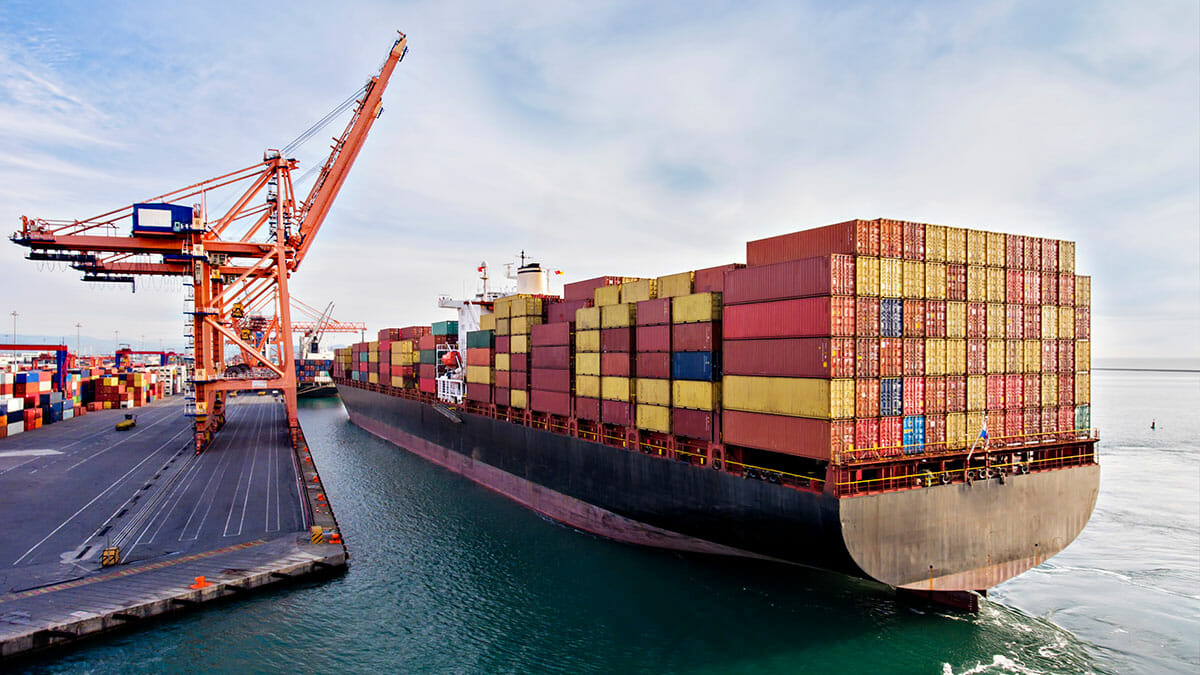The Ultimate Guide to Manufacturing Product Containers in China: Opportunities, Processes, and Tips
This guide explains the landscape of manufacturing product containers in China, highlighting opportunities, processes, regulatory aspects, and recent developments to help businesses make informed decisions.
Understanding the Context
China is often referred to as the “world’s factory,” and for good reason. It produces a significant percentage of the world’s consumer goods and packaging materials. Within that landscape, container manufacturing forms a core industry serving sectors like food and beverage, cosmetics, electronics, pharmaceuticals, and more.
Manufacturing product containers in China includes a wide range of materials and formats:
-
Plastic containers (e.g., PET, HDPE bottles)
-
Glass containers (e.g., jars, ampoules)
-
Metal containers (e.g., tin cans, aluminum bottles)
-
Paper/cardboard containers (e.g., cartons, tubes)
-
Custom-formed packaging (e.g., thermoformed trays)
The ecosystem supporting container manufacturing in China is mature, with suppliers offering prototyping, tooling, mass production, and even international shipping and customs clearance.
Why It Matters Today
The choice of product containers impacts everything from branding and customer experience to sustainability and cost. Manufacturing in China offers the following advantages:
-
Cost-efficiency due to economies of scale and lower labor costs.
-
Rapid prototyping and short lead times.
-
Customizability with support for printing, embossing, labeling, and shapes.
-
End-to-end support from design to delivery.
Who it affects:
-
E-commerce brands looking for scalable packaging solutions
-
Food and cosmetic manufacturers needing safe, compliant containers
-
Pharmaceutical companies needing specialized containers
-
Logistics companies requiring stackable, durable designs
Problems it solves:
-
High production costs in home countries
-
Limited capacity for large-volume runs
-
Delays in custom packaging development
-
Quality assurance challenges in fragmented local supply chains
Recent Developments and Trends (2024–2025)
In the past year, container manufacturing in China has seen notable changes:
| Trend | Description |
|---|---|
| Sustainable packaging | Increased use of biodegradable materials, recycled plastic, and eco-labeling |
| AI and automation | Factories adopting AI-based quality control and robotic assembly |
| Export adaptation | New molds and formats to comply with evolving global packaging standards |
| Smart packaging | Embedded QR codes, NFC chips for traceability, particularly in pharma & food |
| Energy efficiency policies | Push towards solar-powered manufacturing and carbon accounting tools |
Laws, Policies, and Compliance in China
Manufacturing containers in China is governed by various national and international regulations:
Key Chinese Regulations to Consider:
-
GB Standards (Guobiao Standards): National standards for safety, quality, and material use (e.g., GB4806 for food contact materials).
-
China RoHS: Restriction of hazardous substances, applicable to electronic product packaging.
-
Export Compliance: Products must meet target countries’ regulations such as EU REACH or U.S. FDA for food-grade packaging.
Licensing and Certifications:
| Type | Purpose |
|---|---|
| ISO 9001 | Quality management certification |
| ISO 14001 | Environmental management system |
| FSC Certification | For paper products ensuring responsible forest sourcing |
| CE Mark | For exports to the European Economic Area |
| FDA Registration | For food and drug packaging exported to the U.S. |
Tools, Resources, and Platforms
Here are some useful tools and platforms to support the container manufacturing process:
Sourcing Platforms
-
Alibaba – For locating verified manufacturers with MOQs and custom capabilities.
-
Made-in-China.com – Useful for comparing factory quotes and certifications.
-
GlobalSources – Especially useful for electronics and smart packaging needs.
Prototyping and CAD Tools
-
Fusion 360 / SolidWorks – CAD design tools used for mold design and 3D rendering.
-
GrabCAD – Library of templates and community support for packaging designs.
Cost Estimation & Freight Calculators
-
Freightos – Real-time international freight rate calculators.
-
Alibaba Trade Assurance Calculator – Helps budget production and logistics costs.
Compliance & Certification Verification
-
CNCA.gov.cn – Chinese government site to verify certifications.
-
GS1 – For barcode registration and packaging labeling compliance.
Frequently Asked Questions (FAQs)
Q1: What is the average lead time for container manufacturing in China?
A: For plastic or metal containers, lead time ranges from 15 to 45 days depending on tooling requirements and order size. Custom designs may require an additional 7–10 days for mold development.
Q2: How do I ensure quality control during production?
A: Work with third-party inspection agencies such as SGS, Bureau Veritas, or Asia Quality Focus. Many suppliers also offer video inspections and QC reports before shipment.
Q3: Are there minimum order quantities (MOQs)?
A: Yes. MOQs typically range from 1,000 to 10,000 units, depending on the material, mold availability, and customization level. Paper and cardboard usually have lower MOQs than metal or glass.
Q4: Can Chinese containers comply with eco-friendly requirements?
A: Many manufacturers now offer biodegradable plastics (PLA, PHA), recycled PET, and FSC-certified cardboard to meet sustainability targets, especially for European or North American markets.
Q5: What languages do Chinese manufacturers communicate in?
A: English is widely used, especially on platforms like Alibaba. For complex requirements, hiring a local sourcing agent or translator may improve clarity and speed.
Final Thoughts
China remains a practical and powerful option for manufacturing product containers due to its infrastructure, cost efficiency, and flexibility. However, navigating this space requires attention to regulations, certifications, and trends such as sustainability and smart packaging. Businesses that stay informed and use the right tools can benefit greatly from sourcing containers in China, while also ensuring they meet safety, quality, and environmental expectations across global markets.
